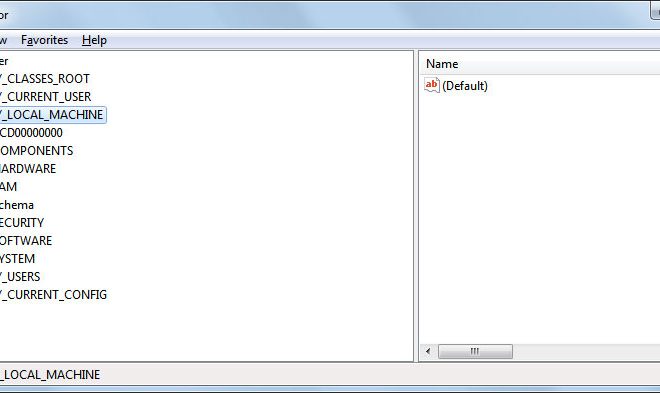How to Create Windows 10 Installation Media: 3 Methods

Windows 10 is the latest operating system from Microsoft, and it offers a range of features and improvements over its predecessors. Whether you’re upgrading to Windows 10 or installing it for the first time, you’ll need to create an installation media to get started. In this article, we’ll explore three different methods for creating Windows 10 installation media.
Method 1: Using the Media Creation Tool
The Media Creation Tool is a free tool from Microsoft that lets you create installation media for Windows 10. Here’s how to use it:
1. Go to Microsoft’s website and download the Media Creation Tool for Windows 10.
2. Open the Media Creation Tool and select the language, edition, and architecture of Windows 10 you want to install. Click Next.
3. Choose the type of media you want to create: a USB flash drive or an ISO file that you can burn to a DVD. Click Next.
4. Insert a USB flash drive or DVD into your computer, and select it from the list of available drives. Click Next.
5. The Media Creation Tool will download the necessary files and create the installation media. This may take some time, depending on the speed of your internet connection.
Method 2: Using Rufus
Rufus is a popular tool for creating bootable USB drives, and it can also be used to create Windows 10 installation media. Here’s how to use it:
1. Download Rufus from their website and install it on your computer.
2. Insert a USB flash drive into your computer.
3. Open Rufus and select the USB drive from the list of available drives.
4. Select the “Create a bootable disk using” option and choose “ISO image” from the dropdown menu.
5. Click the browse button and select the Windows 10 ISO file you want to use.
6. Click the Start button to begin creating the installation media. This may take several minutes.
Method 3: Using the Windows 10 ISO File
If you already have a Windows 10 ISO file, you can use it to create installation media using built-in Windows tools. Here’s how:
1. Insert a USB flash drive into your computer.
2. Open File Explorer and navigate to the Windows 10 ISO file.
3. Right-click the ISO file and select “Mount” from the context menu.
4. Once the file is mounted, open File Explorer again and navigate to the mounted ISO drive.
5. Select all the files in the mounted drive and copy them to the USB flash drive.
6. Once the files have finished copying, you can safely eject the USB flash drive.




